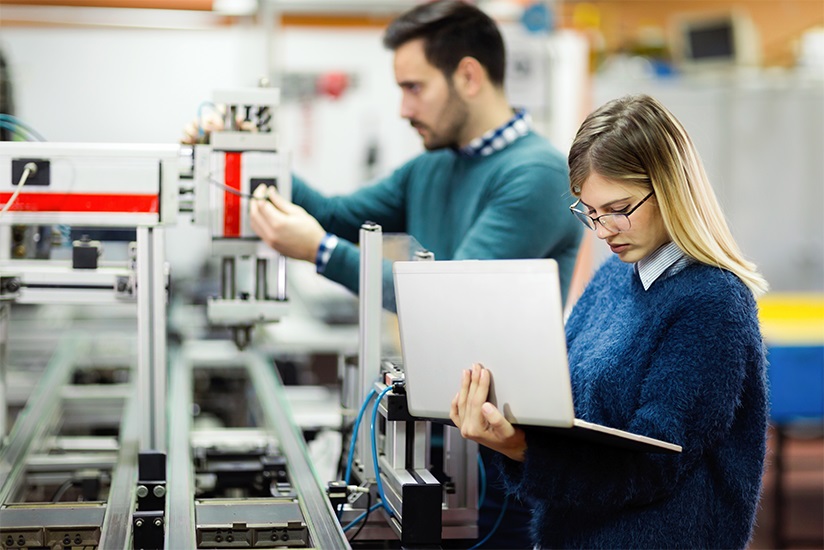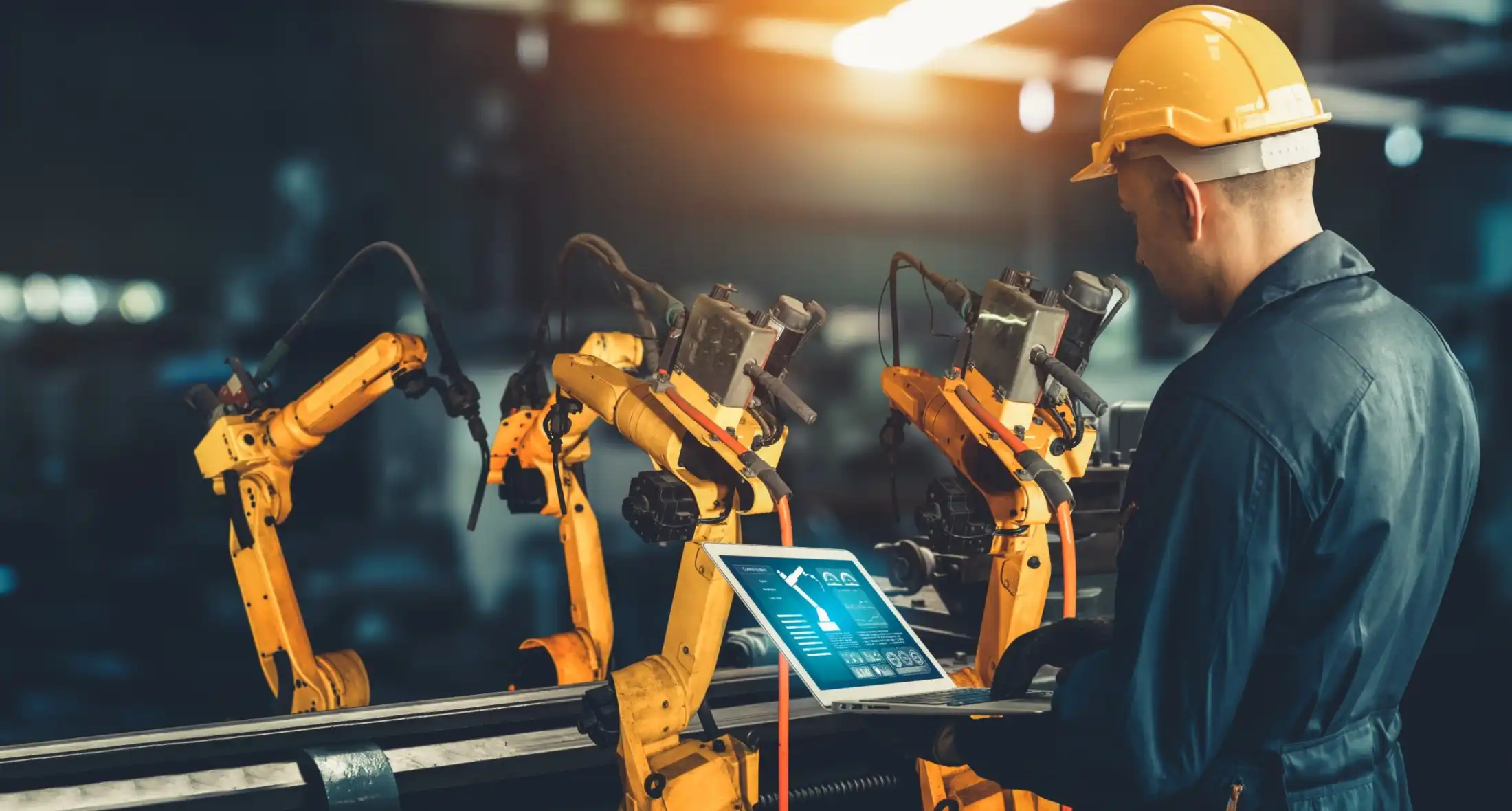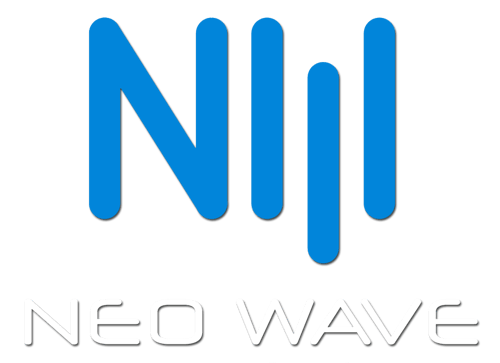In the ever-evolving landscape of industrial automation, staying ahead of the curve is essential for businesses seeking to maximize efficiency, minimize costs, and reduce environmental impact. As technology continues to advance at a rapid pace, new trends and innovations are reshaping the way industries operate and manage their processes. From the integration of Internet of Things (IoT) devices to the adoption of artificial intelligence (AI) algorithms, businesses are leveraging cutting-edge technologies to drive productivity and sustainability in their operations. In this blog, we’ll explore some of the emerging trends in industrial automation and how businesses can harness these innovations to achieve their goals.
The Rise of Industry 4.0
Industry 4.0, also known as the Fourth Industrial Revolution, represents a paradigm shift in manufacturing and industrial processes driven by automation, data exchange, and advanced technologies. At the heart of Industry 4.0 are interconnected systems that enable real-time communication and collaboration between machines, processes, and people. Key technologies driving the adoption of Industry 4.0 include:
- Internet of Things (IoT): IoT devices, such as sensors, actuators, and connected machinery, collect and transmit data across the industrial ecosystem. By providing real-time insights into equipment performance, production processes, and environmental conditions, IoT enables predictive maintenance, remote monitoring, and optimization of resources.
- Artificial Intelligence (AI): AI algorithms analyze vast amounts of data generated by IoT devices to identify patterns, predict outcomes, and optimize decision-making. Machine learning algorithms can learn from past experiences and adapt to changing conditions, enabling autonomous operation and continuous improvement.
- Big Data Analytics: Big data analytics tools process and analyze large datasets to extract valuable insights and drive informed decision-making. By leveraging data from multiple sources, including IoT devices, production systems, and supply chain operations, businesses can optimize processes, improve efficiency, and identify new opportunities for growth.
Sustainable Manufacturing Practices
In addition to driving efficiency and productivity, industrial automation technologies are also playing a crucial role in promoting sustainability and environmental responsibility. By optimizing resource utilization, reducing waste, and minimizing environmental impact, businesses can achieve their sustainability goals while remaining competitive in today’s market. Some key trends in sustainable manufacturing practices include:
- Energy Efficiency: Industrial automation technologies, such as smart sensors, variable frequency drives, and energy management systems, help optimize energy usage and reduce consumption. By monitoring and controlling energy-intensive processes in real-time, businesses can identify areas for improvement and implement energy-saving measures to lower costs and minimize their carbon footprint.
- Waste Reduction: Automation technologies enable precise control of manufacturing processes, resulting in less material waste and higher product quality. By implementing lean manufacturing principles and predictive maintenance strategies, businesses can minimize scrap, rework, and downtime, leading to cost savings and environmental benefits.
- Circular Economy: The concept of a circular economy, which aims to minimize waste and maximize resource efficiency, is gaining traction in the manufacturing industry. Automation technologies facilitate product lifecycle management, including design, manufacturing, use, and end-of-life disposal, enabling businesses to reclaim and repurpose materials, extend product lifespans, and reduce environmental impact.
Real-World Applications
The adoption of emerging trends in industrial automation is already having a significant impact across various industries. Here are some examples of real-world applications:
- Smart Manufacturing: Smart manufacturing facilities leverage IoT devices, AI algorithms, and cloud computing to create interconnected production systems that optimize efficiency and flexibility. For example, automotive manufacturers use predictive maintenance algorithms to anticipate equipment failures and prevent costly downtime, while food processors use IoT sensors to monitor food safety and quality in real-time.
- Energy Management: Energy-intensive industries, such as steel manufacturing and chemical processing, use automation technologies to monitor and optimize energy usage. For example, steel mills employ advanced process control systems to adjust furnace temperatures and optimize energy consumption, while chemical plants use real-time data analytics to identify energy-saving opportunities and reduce greenhouse gas emissions.
- Sustainable Supply Chains: Automation technologies are also transforming supply chain management by enabling real-time visibility, collaboration, and optimization. For example, logistics companies use IoT-enabled tracking devices to monitor shipments and optimize route planning, while retailers use AI-powered demand forecasting algorithms to reduce excess inventory and minimize waste.
Conclusion
In conclusion, emerging trends in industrial automation are revolutionizing the way businesses operate and manage their processes. By embracing technologies such as IoT, AI, and big data analytics, businesses can achieve higher levels of efficiency, productivity, and sustainability. From smart manufacturing facilities to energy-efficient production processes, the opportunities for innovation are endless. By staying informed about the latest trends and investing in automation technologies, businesses can position themselves for success in an increasingly competitive and environmentally conscious world.




